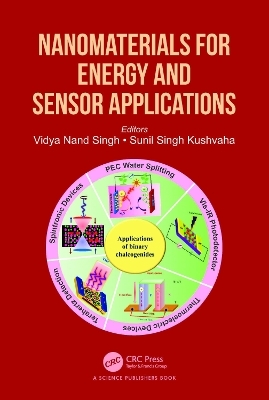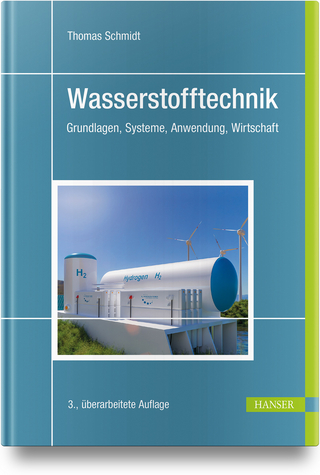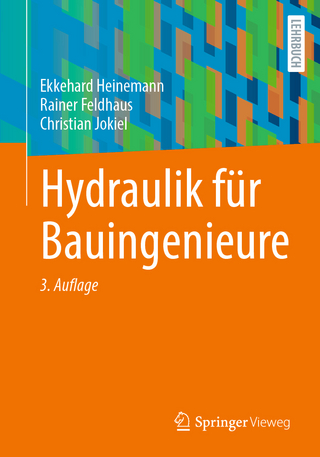
Nanomaterials for Energy and Sensor Applications
CRC Press (Verlag)
978-1-032-39700-9 (ISBN)
Vidya Nand Singh obtained his M.Sc. from Banaras Hindu University, Varanasi, and M.Tech. in Solid State Materials from IIT Delhi, India. He received his PhD from IIT Delhi in nanocomposite-based gas sensors. He works as a Principal Scientist at CSIR-National Physical Laboratory, New Delhi. His research interest includes gas sensors, solar cells, nanomaterials and HRTEM. He has published more than 220 papers in international journals. He has several book chapters and edited books. Sunil Singh Kushvaha obtained his M.Sc. from Banaras Hindu University, Varanasi, and M.Tech. in Solid State Materials from Indian Institute of Technology (IIT) Delhi, India. He received his PhD in Physics from the National University of Singapore, Singapore. He works as a Principal Scientist at CSIR-National Physical Laboratory, New Delhi. His research interest includes the growth of nanomaterials, epitaxial III-nitride, 2D materials, and topological insulators. He has published more than 85 journal papers, eleven book chapters, and one edited book.
Porous and Hollow Carbon Nanofibrous Electrode Materials from Electrospinning for Supercapacitor Energy Storage. Energy and Sensor Applications of Polymer Nanocomposites. Nanostructured Silicon for Solar Energy Conversion Applications. Selenium-Based Metal Chalcogenides Thin Films on Flexible Metal Foils for PEC Water-Splitting Applications. Quantum-Cutting Phosphors for Thermal Sensor Applications. A Review of Flexible Sensors. The Transition from Pb- to Pb-Free Halide-Based Perovskite Inks for Optoelectronic Applications. Impacts of Working Electrode Parameters on Dye-Sensitised Solar Cell Performance. Nanostructured Metal Oxides for Photocatalytic Water Splitting. Nanofluidics for Heat Transfer System and Energy Applications.
| Erscheinungsdatum | 08.02.2024 |
|---|---|
| Zusatzinfo | 11 Tables, black and white; 2 Line drawings, color; 36 Line drawings, black and white; 10 Halftones, color; 35 Halftones, black and white; 12 Illustrations, color; 71 Illustrations, black and white |
| Verlagsort | London |
| Sprache | englisch |
| Maße | 156 x 234 mm |
| Gewicht | 657 g |
| Themenwelt | Naturwissenschaften ► Biologie ► Ökologie / Naturschutz |
| Technik ► Elektrotechnik / Energietechnik | |
| Technik ► Maschinenbau | |
| Wirtschaft ► Volkswirtschaftslehre | |
| ISBN-10 | 1-032-39700-4 / 1032397004 |
| ISBN-13 | 978-1-032-39700-9 / 9781032397009 |
| Zustand | Neuware |
| Informationen gemäß Produktsicherheitsverordnung (GPSR) | |
| Haben Sie eine Frage zum Produkt? |
aus dem Bereich


